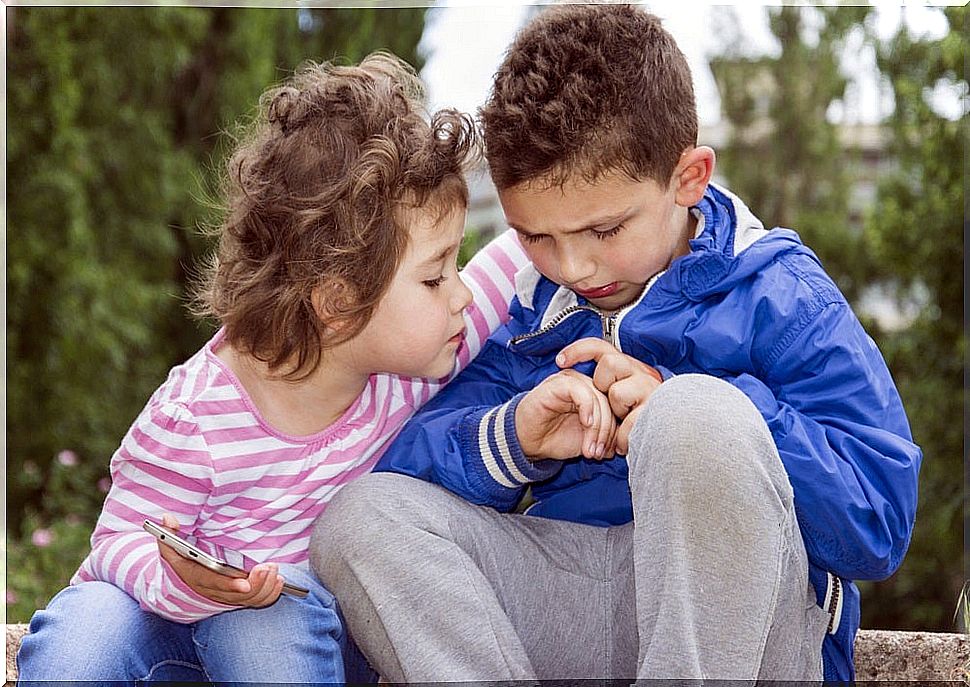Discover The Features And Benefits Of Mentalizing

Would you like to know the features and benefits of mentalizing? What is it for? When will you develop it? Then pay attention to the information we will share in the next article to discover the answers to these questions.
Have you ever wondered how people can “read” the minds of others? This ability is known as mentalizing and involves the development of interpersonal and intrapersonal intelligence.
Before you proceed, know that babies are not born with the ability to implement this mental ability. Rather, it develops gradually through the experience and relationships children build with others.
Mentalizing has benefits, but what is mentalizing?

Mentalization, also called reflection function, is a mental capacity. It allows you to imagine and understand your own mental states and those of others in order to perceive and interpret your own behavior and actions and those of others.
In other words, it consists of assigning certain thoughts, feelings, desires, beliefs, needs, motivations, etc., to explain your own behavior and the behavior of others.
Thus, this complex cognitive ability is fundamental to building satisfying social and affective relationships. .. Relationships based on mutual help, communication, empathy, assertiveness and active listening.
What are the benefits of mentalizing?
According to psychologists and psychoanalysts Angelina Graell Amat and Gustavo Lanza Castelli, some of the most relevant benefits of mentalizing include:
- This makes it easier for us to understand and predict our behavior and that of others.
- Promotes behavioral self-control, being able to anticipate how certain attitudes may affect others.
- Encourages emotional self-control. This, in turn, helps to identify and express your own desires, thoughts, and feelings in accordance with the situation. And at the same time to regulate them.
- Promotes a secure bond between parents and children.
- Improves communication between people. That’s because in order to have a fluid conversation, you need to consider the mental state of the person you’re communicating with.
- Enables you to understand your own thoughts as mere mental representations, as something else or something separate from reality.
The development of mentalizing in childhood
Psychoanalyst Peter Fonagy is one of the originators of the term mentalizing. According to him, this cognitive ability begins to appear in a very primitive way from the age of six months. And little by little kids are perfecting it and it’s getting more and more complex.
At the age of three, children begin to show certain empathic responses. Then, during this time, they acquire the ability to identify certain basic emotions in others. And at the same time , they begin to understand that these are different from the ones they feel themselves.
However, it is not until the age of four or five that children can ascribe and represent mental states in themselves and in others. Thus, experts consider this as the moment when they enter the stage of symbolism.
What role do parents play in developing this ability?

Finally, it is important to note the role of parents and other important reference figures in the normal development of mentalizing. In other words, it is our responsibility to improve their emotional intelligence from the first years of life.
How? Very simple! From the moment our children are born, we must act empathically and show them that they can understand their needs and desires and then respond to them.
Once children are older, it is important to talk about their thoughts and feelings. So give them a name and label them all. In this way, children learn to think about their own feelings.
And later, in a natural way, they also acquire the ability to recognize and interpret the mental states of others. Teaching at home and the way we interact with our children is therefore key to the proper development of mentalizing.









